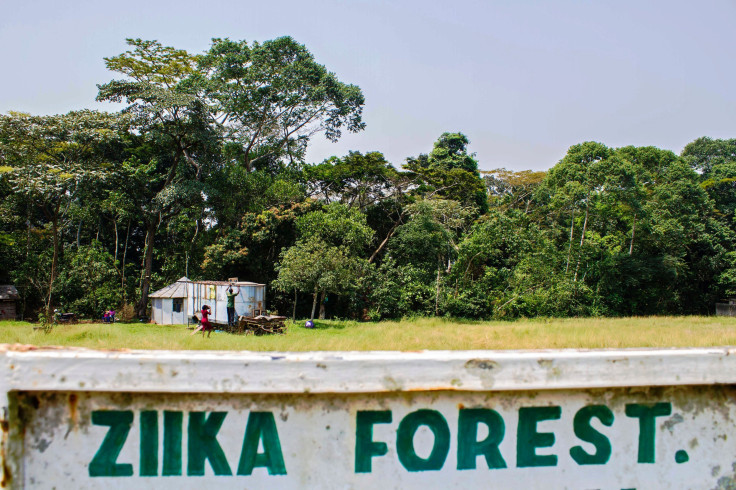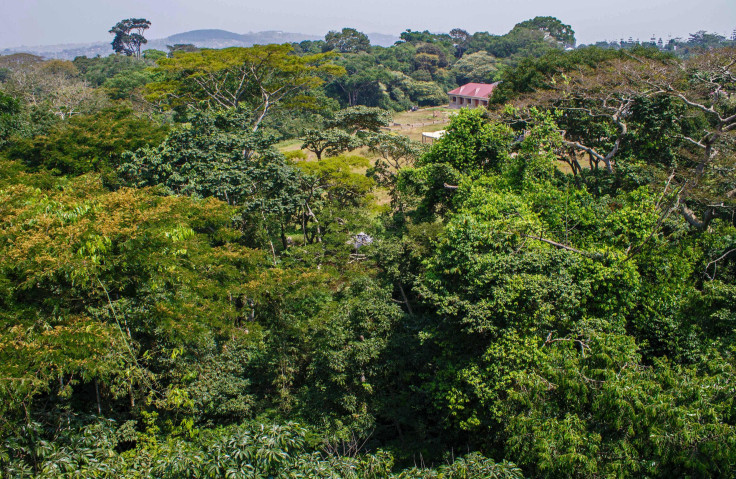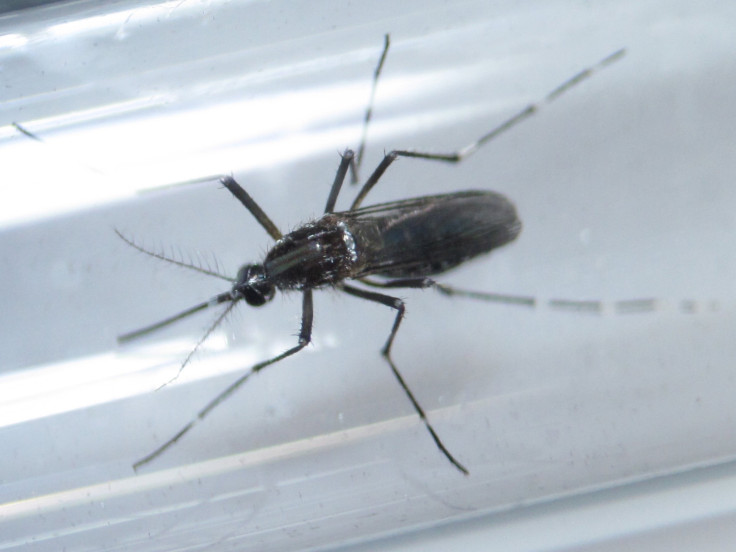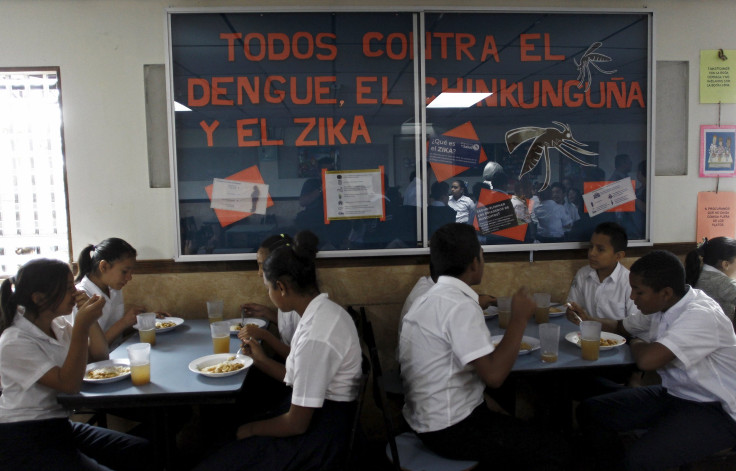A Brief History Of Zika Virus, From Its Discovery In The Zika Forest To The Global Outbreak Today

For most of the 20th century, Zika virus was largely unknown, nestled in the shadows of seemingly more severe mosquito-borne viruses like chikungunya and dengue. Now, with the recent outbreak and the virus’ potential links to infant microcephaly and temporary paralysis , as well as its rapid spread throughout several continents, the world is on high alert. The outbreak has been named a “public health emergency of international concern” by the World Health Organization (WHO).
Scientists are now scrambling to learn more about how the Zika virus works — and what we can do to most effectively treat, and potentially cure, it. As a result, the science of Zika is changing very quickly. To get a better understanding of how Zika was discovered, how it spread, and what discoveries are made, here’s a brief history of the virus, with information from the WHO .

1947. The Zika virus was first discovered in 1947, during a routine surveillance for yellow fever in the Zika forest in Uganda by Yellow Fever Research Institute scientists. The term “ziika” means “overgrown” in Luganda.
Because the forest is tropical and encompasses several ecosystems, it was perfect for studying mosquitoes and viruses. The forest was actually property of the Uganda Virus Research Institute, which to this day restricts the land for scientific research. That year, researchers isolated the Zika virus from a captive rhesus monkey at the forest.
1948. The virus was taken from the mosquito Aedes africanus after one was caught in a tree platform in the Zika forest.
1952. For the first time, researchers identified the first human Zika cases, detected in Uganda and the United Republic of Tanzania.
1958. Two more strains of the virus are discovered from the same type of mosquito — the Aedes africanus — and in the same Zika forest.

1964. Researchers identify the first proof that Zika virus causes human disease. David Simpson was working with Zika strains in Uganda when he fell ill from the virus and published a study on his observations of the infection. In the study , he notes that the “clinical picture of the infection was that of a mild febrile illness of short duration accompanied by a generalized maculopapular rash,” and that “a rise in antibody to Zika virus was demonstrated.”
Back then, the Zika virus was compared to the likes of chikungunya and dengue fevers (both of which are transmitted through mosquitos), though it appeared at the time that Zika was far milder.
Throughout the next few decades, the virus was detected in mosquitoes in countries beyond Uganda and Tanzania — including India, Indonesia, Malaysia and Pakistan. While there may have been a few human cases here and there, “no outbreaks [were] detected and the disease in humans continue[d] to be regarded as rare, with mild symptoms,” the WHO notes. “Researchers later suggest that the clinical similarity of Zika infection with dengue and chikungunya may be one reason why the disease was so rarely reported in Asia.” In fact, only about 14 human cases of the disease had been confirmed during this time frame.
2007. Zika didn’t make it back into the limelight until after 2000: This time, the first large Zika outbreak was reported on the island of Yap, located in the Caroline Islands, which are part of the Federated States of Micronesia. Researchers believed that the outbreak was caused by the virus traveling overseas via infected air travelers.
2013. The virus appeared to spread to other Pacific Islands, causing outbreaks in French Polynesia, Easter Island, the Cook Islands, and New Caledonia. This was the first time that researchers began studying the disease more intensely, and identified a possible link between the virus and severe chronic consequences such as microcephaly, autoimmune problems, and Guillain-Barré syndrome (temporary paralysis).
March 2, 2015. A mysterious rash-causing illness began spreading across northeastern states in Brazil. At the time, doctors didn’t expect Zika, so instead they tested for dengue, chikungunya, measles, and rubella, among others. While 13 percent of the cases were positive for dengue, the others were all negative. Between February and April 2015, almost 7,000 cases of this strange illness were reported, though in most situations they were mild.
May 7, 2015. The cases were confirmed as Zika a few months later, and the National Reference Laboratory in Brazil made a statement that Zika virus was spreading in the country — the first time it was transmitted locally in the Americas (though scientists believe it may have arrived much earlier following the 2013 Pacific Islands outbreak and gone unreported). Previously, it had only been present locally in Africa, Asia, and the Pacific islands. The very same day, the WHO declared an alert to Zika virus infection.
July 2015. The Zika outbreak took a turn for the worse when researchers began drawing clearer connections between the virus and neurological disorders in Bahia, a northeastern state in Brazil. Among people who were infected with the virus and experienced a neurological issue as well, some 49 had Guillain-Barré syndrome. However, not having enough research prevented scientists from making conclusions about the link.

October 2015. Colombia became the first country in the Americas outside of Brazil to report a locally acquired Zika infection, and later confirmed 156 cases. Later that month, Brazil reported a sudden surge in microcephaly in infants — a congenital disorder in which a baby is born with an underdeveloped brain and abnormally small head. The first confirmed cases in Brazil and Colombia were followed by confirmations of the virus in Mexico, Guatemala, Paraguay, and Venezuela.
December 2015. By the end of December, Brazil had reported nearly 3,000 cases of microcephaly. Most of them were reported in northeast Brazil, where the outbreak had originated.
January 2016. Early in the new year, Puerto Rico reported its first case of Zika virus — the closest transmission had gotten to U.S. territories. The CDC began working on travel guidelines and warnings for pregnant women, hoping to steer them away from affected countries. By now, health workers had confirmed that over 2,100 pregnant Colombian women were infected with the virus.

February 2016. After returning from travels in the Caribbean, two Australians were diagnosed with mild cases of Zika, from which they recovered quickly. There were reports of Zika-carrying mosquitos at the Sydney airport as well, though there was no evidence that anyone became infected. Within days, the U.S. reported a case of Zika infection in Texas in someone who had traveled in Venezuela; they were later found to sexually transmit the disease to another person in the U.S. This was yet another rare case that supported the notion that Zika can be transmitted sexually as well as by mosquito bites and through mother-to-fetus transmission. Scientists also warned that the virus could come full circle and appear in Africa .
April 2016. On April 7, 2016, the WHO announced that Zika virus causes microcephaly and Guillain-Barré syndrome, whereas before they were unable to make any conclusions due to lack of complete scientific evidence. This will likely change the game when it comes to Zika research and prevention tools.
The outbreak in Brazil occurred quickly and spread even faster, and what makes the virus so evasive may be its ability to mutate and change over time. “Human Zika virus infection appears to have changed in character while expanding its geographical range,” the WHO states. “The change is from an endemic, mosquito-borne infection causing mild illness across equatorial Africa and Asia, to an infection causing, from 2007 onwards, large outbreaks, and from 2013 onwards, outbreaks linked with neurological disorders including Guillain-Barré syndrome and microcephaly across the Pacific region and the Americas.”



























